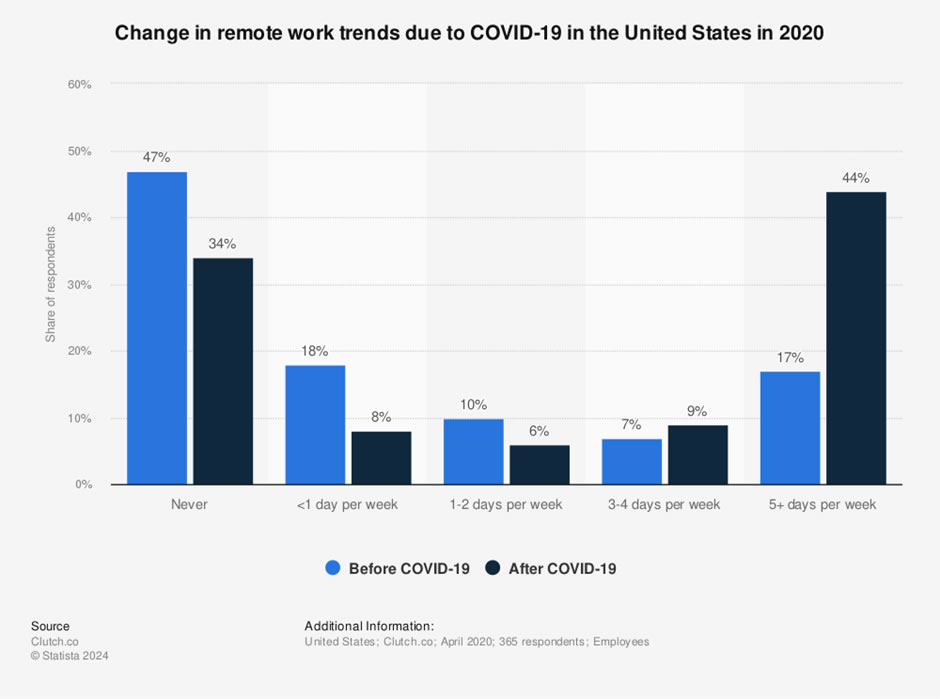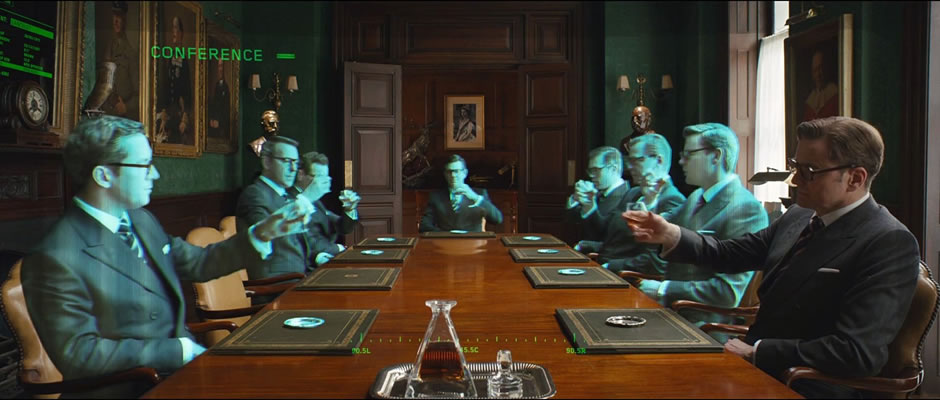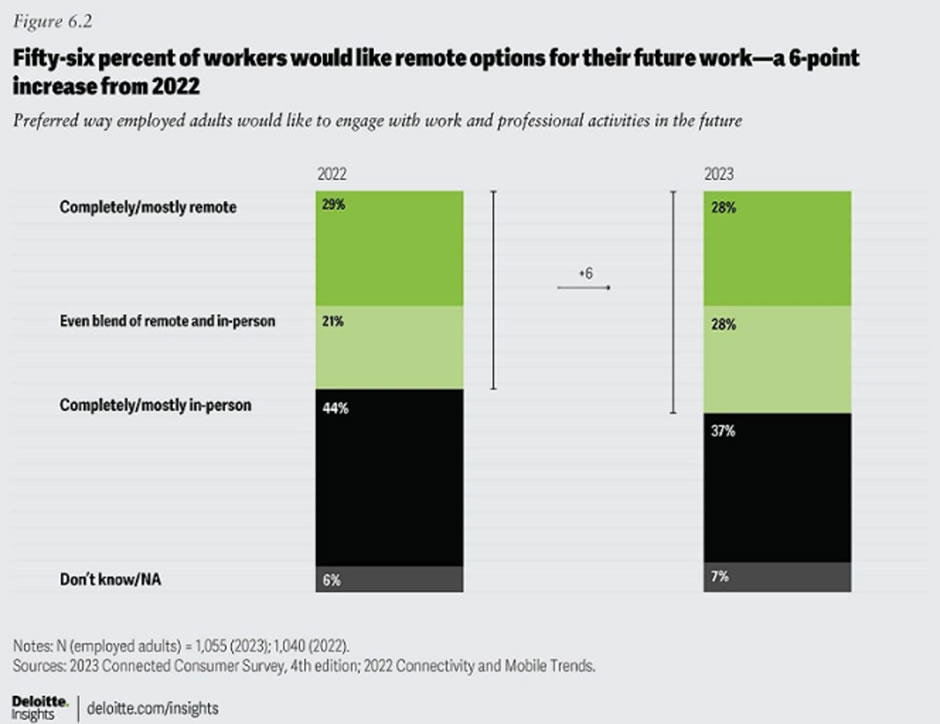The Future of Remote Collaboration
Over the past couple of years post COVID 19 lockdowns, landscape in the field of remote collaboration has seen many changes. Although there was a major push for corporations to bring workers back into the office, we will never go back to pre-COVID 19 levels of “in office” workers as employees request remote work options as part of an overall employment package.
For corporations to attract the best and brightest workers, having a remote work option or hybrid work approach is now as important as the monetary remuneration package. There are however many challenges with remote and hybrid work environments when using traditional audio and video-based mediums that can be addressed using immersive technology platforms like ENGAGE. I do however need to stress that simply implementing technology without also implementing best practices for managing remote employees is a recipe for failure. This post will cover some of the key advantages of using immersive technology over video-based mediums for collaboration and how many of the organizations that use ENGAGE have implemented best practices.

Why use immersive technology for remote collaboration?
Nothing beats being in person for a meeting, whiteboard session, standups or interviews. Carrying out these basic work tasks remotely over video is simply not as effective as being in the room with the person. People communicate just as much nonverbally as they do verbally with mannerisms and body stance giving you a sense of their emotional state. Almost all nonverbal communication cues are lost when using video based medium as all you can see is the persons face on camera. This is where immersive technology has an advantage.
When in person meetings are not possible and video is not engaging enough, the next best alternative is to provide a meeting environment where users feel like they are in the room with you. Virtual Reality is exactly what it sounds like. You can virtually be with people in a digital environment to achieve a sense of presence with that person and a sense of presence for the environment of where the meeting is hosted.
This can be a strange concept to get your head around but being in the room with somebody who might be on the other side of the world by simply putting on a VR headset is much better than flying over for a short meeting. It’s the sense of presence that makes VR/AR technology stand out above all other communications platforms and we are only just at the beginning of this technology revolution.
If you have seen the movie “Kingsman” you will see virtual meetings represented in the board room where the user can see a blend of the real world and virtual world which is called augmented reality or mixed reality. This is very powerful for remote teams allowing them to collaborate as if they were in the same room.

Virtual Collaboration Tools
Being in the room virtually with your team is great, however, it can be limiting if you don’t have any tools to collaborate with. This is where ENGAGE excels. We have a range of virtual tools that make working remotely easy and enjoyable while importantly improving productivity with employees. Below are just some of the collaboration features ENGAGE offers.
Virtual Whiteboards
Virtual Whiteboards can be brought into any virtual space within ENGAGE and collaborated on together with your remote team members. These boards replicate their real-world counterparts and can also be saved and replayed later.
Remote Kanban Boards / Sticky Notes
All users within ENGAGE have the ability to create sticky notes by simply clicking an icon on their virtual wrist. These sticky notes can then be shared with each other or stuck on virtual walls or virtual kanban boards. This feature is used extensively with our clients for daily standups.
3D Spatial Audio
One of the most overlooked features when using virtual worlds is the ability to utilize spatial audio which mimics real world audio. This is something not available via video-based platforms. Spatial Audio is the ability to lean over and whisper to somebody next to you or join a room with dozens of other people and have private conversations in the same room by simply walking to one end of the room with your co-worker and chatting just like in the real world. Video based platforms cannot do this as the person speaking is presenting to the whole group and all others on the call must wait their turn.
3D Spatial Pen
ENGAGE provides the ability to draw in 3D space and annotate objects in real time. This is not only a very useful collaboration tool but also a great artistic tool for artists to be creative.
Virtual Object Sharing
ENGAGE has the ability to import 3D models which can then be shared among the group within the virtual space. This is very useful for design teams and architects who want to show 3D representations of their work.
Virtual Screen Casting
You can add a virtual screen into any session to share your computer desktop, present PowerPoints or share videos. This works just as you would expect in a very similar way to how you share your screen on video platforms today.
A growing future of remote work
COVID 19 lockdowns have completely changed employee expectations when it comes to working from home and although there has been a big push by managers and corporations for workers to return to the office, the novelty of working back in the office after such a long time has now passed. As time goes by, employees are seeking more fully remote or hybrid work options and this is likely to become the new normal.
Employees who are now stuck in traffic each day or need to live close to the office in expensive cities are now asking themselves is this what they want to do for the next 5 or 10 years. Productivity can be just as effective when working remotely if employees are provided with the right tools and managers are provided with the right training.


